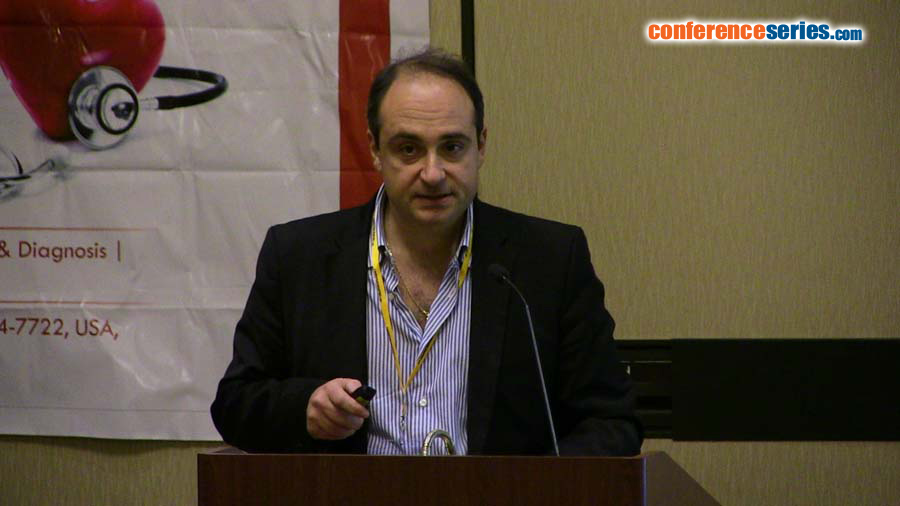
Maurizio Pesce
Centro Cardiologico Monzino, Italy
Title: From cell mechanosensing to pathologic evolution and engineering of the cardiovascular system
Biography
Biography: Maurizio Pesce
Abstract
The generation of bioartificial tissues using patient-derived or allogenic (progenitor) cells, has become a clinically relevant opportunity for translation in various branches of medicine, e.g. dermatology, ophthalmology and diabetes care. Despite an always increasing number of patients with cardiovascular diseases, no feasible options exist to produce biomimetic engineered tissues that might be employed as definitive substitutes in cardiovascular medicine. In fact, while stem cells with cardiovascular competence have been identified and characterized, their employment has remained mainly confined to regenerative medicine, with insufficient translation into effective tissue engineering strategies. The devices presently available to replace diseased myocardium, occluded vessels and failing valves is limited to materials with tensile resistance (patches for ventricular reconstruction), autologous vessels (mammary/radial arteries and saphenous vein for aorto-coronary bypass grafts) and mechanical/bio-prosthetic valves; all of which have major limitations such as insufficient mechanical integration, post-engraftment patency reduction and calcification. Merging stem cell biology with recent bio-engineering techniques will be of great help in the production of new bio-synthetic cardiovascular implants. In fact, the design of complex biomaterial patterning in microscale or nanoscale dimensions and novel “High Throughput” screening systems may be exploited to perform synthetic modeling of the tissue self-renewing conditions and to a rapid identification of new biomaterials.



